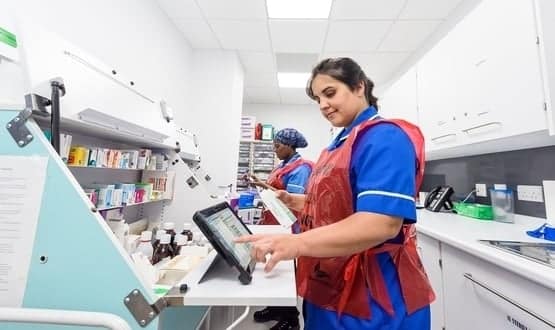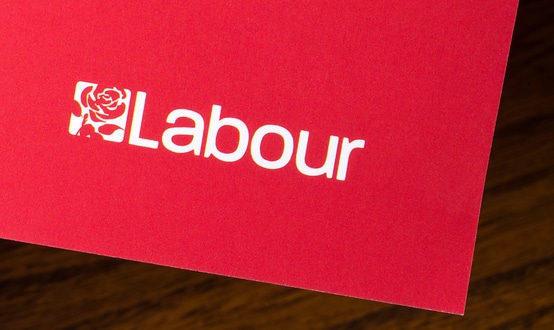Medical charity implements PatientSource EPR after e-prescribing success
- 19 August 2019

The Royal Hospital for Neuro-disability (RHN) has implemented PatientSource’s electronic patient record system following the success of the supplier’s e-prescribing system.
The independent medical charity said it reduced prescription errors by 83% following the introduction of PatientSource’s e-prescribing technology across four of the hospital’s wards.
It’s now looking to mirror this success across the entire hospital, with the e-prescribing and e-observation (eObs) modules now available on every ward.
More than 200 patients and 700 staff will benefit from the investment, which forms part of the hospital’s drive to have an electronic patient record (EPR) across each of its 13 wards.
Toby Roberts, associate director of information and technology at the hospital, said: “PatientSource was a less risky option than procuring a big-name solution and it didn’t require any extra specialist hardware or apps – all it requires is a web browser, which means that it also doesn’t add to our existing resource costs.”
The hospital first selected PatientSource’s e-prescribing solution to replace card drug charts and move towards automatic prescription check alerts.
This includes checking all prescribed drugs against known patient allergies, checking for drug-drug interactions and checking for the appropriate dose, route and frequency of administration.
Michael Marrinan, medical director at the hospital, said: “We were behind the curve. We are a charitable organisation; we are not in the NHS and that has left us in an unusual position in that we didn’t have an EPR.
“Our patients have complex needs and many are on significantly more medications than your average hospital patient. Our staff have between 30-40,000 drug interactions a month and while our incidence of drug errors was very low, any incident is one too many.”
The system took eight months to implement across the entire hospital, which included tailoring the functionality to meet the specific needs of the RHN, including a bespoke integration to the organisation’s Patient Administration System.
Dr Michael Brooks, chief medical officer and co-founder of PatientSource, said: “We believe the rapid uptake and user satisfaction is testament to our central tenet of making complex healthcare simple, and our electronic versions of forms and charts directly mimicking their paper predecessors rather than introducing complicated, new workflows.
“PatientSource was founded as a direct result of the errors that I was seeing as a practising doctor that were caused by paper-based processes and so it is great that another organisation is now able to provide safer and more efficient care as a result of our technology.”




